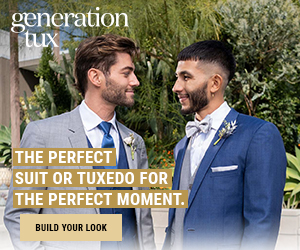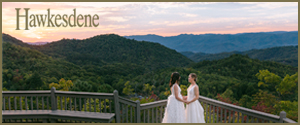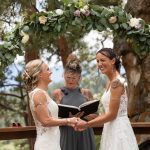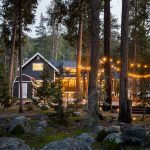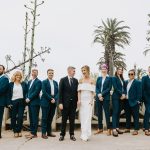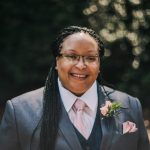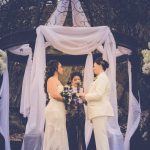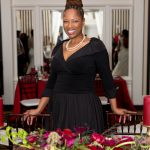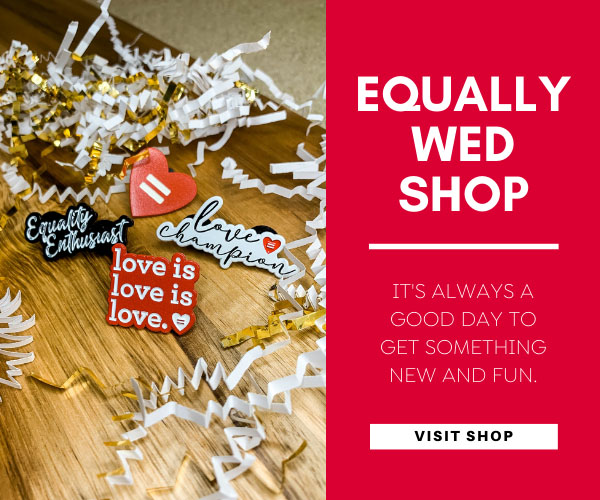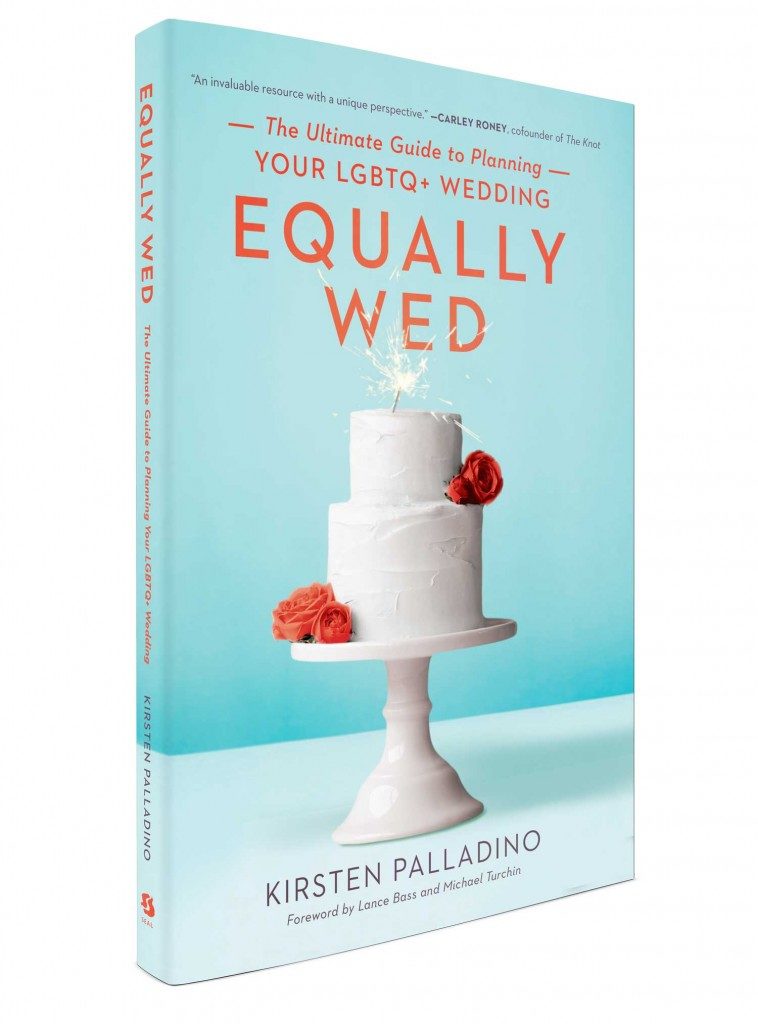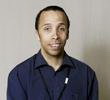 The Rainbow Needs More Color
The Rainbow Needs More Color
The predominantly white LGBTQ community lacks diversity in its media coverage.
By Jason Carson Wilson
Our family can be both fickle and hypocritical. Some gays put a premium on looks, sizes, shapes—and color. “Dating” sites feature requirements that some gay men demand. Many a profile practically shouts to blacks and Asians: Cruise on by.
Writer Jimmy Nguyen bolsters the gay community’s worship of the all-American male in a March 2011 Advocate.com commentary. In other words, in our community, if you ain’t white, you just ain’t all right. Even so, gay men who don’t look like Brad Pitt or Christopher Meloni have found love.
However, the fact remains that the rainbow isn’t as colorful. Diversity Best Practices explored that reality in a post that almost immediately followed Nguyen’s column.
“Much like the mainstream population, the gay community is predominantly white—a fact Nguyen attributes to the economic barriers to A-list outlets including gay bars, parties and even health clubs. He adds that gay social circles are typically not very race-inclusive, noting that even LGBT nonprofit organizations that champion equal rights are in need of diversity initiatives,” Diversity Best Practices Editor-In-Chief Angela Johnson Meadows wrote.
Even as they claim to speak for all LGBTQ citizens, they’ve made many gay African-Americans feel like second-class citizens. The group endures condescension, when taking issue with the struggle for marriage equality is compared to the black Civil Rights movement.
As a gay and African-American writer, I don’t deny that marriage equality is a civil rights issue. There may be slight similarities to the struggles of African-Americans, but it’s not exactly the same—even if campaigns are built around the idea.
Opponents of North Carolina’s Amendment One have employed such a campaign. Amendment One would make “marriage between a man and a woman the only domestic legal union that shall be valid or recognized in [the] State,” according to the ballot question.
Fighting against this bigotry doesn’t bother me. EVERY1AGAINST1 manipulating imagery to make its point offends. The group fighting Amendment One created various images with civil rights era themes. For instance, one photo features straight and gay water fountains, while another features a “married couples only” sign.
This is why many gay African-Americans feel marginalized. Denial of being gay in that community runs deep, some refuse to believe their gay, despite amorous activities on the down low. With that said, both black gay men and women deal with attitudes from a church-going black population.
So, we find ourselves justifying both our “lifestyle” and the predominantly white LGBTQ leadership’s use of African-American history to further the gay agenda. (Don’t worry, I define it differently than Tony Perkins or Pat Robertson.) Unlike white gays, we can’t just be gay, we’ve got to be back and gay.
Unless they’re minorities, gays and lesbians have always had the option to pass. Should they be forced to deny themselves? No. Ironically, white gays and lesbians, in particular, seem to shout the loudest about being denied equality.
Many use the history of black discrimination as an equality lobbying tool, while they’ve failed to be inclusive themselves. Of course, while GLAAD advocates for the LGBTQ community, it certainly doesn’t speak for the entire community.
That’s where gay media comes in. Television doesn’t offer a window into the world of LGBTQ minorities, according to amplfyyourvoice.org LGBT Minorities and the Media section, which states:
“If one looks at the current shows to date such as Glee, Will and Grace, and Queer as Folk, one will notice that these shows barely have a diverse representation for the youth of color, thus these youth do not have someone to look up to because the media confines the representation of the gay community to the majority.
Most of these shows do not even explore these intersections of identity. They fail to delve into the difficulties in reconciling racial identity and sexual identity. Thus, racial minorities may have a hard time relating to these characters.”
Looking at magazine covers, one might conclude that LGBTQ people of color don’t exist. More often than not, non-minority LGBTQ people land on the covers of mainstream gay and lesbian publications. And, generally, the images perpetuate the myth: All gay men are white, hot and wealthy (or Sugar Babies).
Only the producers of SMASH should be creating fabulous myths and Bollywood dreams. Gay media publication editors and reporters should try sprinkling the kernels of reality, which everyday gay and lesbians face. They’re the realities that come with being Equally Wed or fighting for marriage equality.
Disclaimer: The views and opinions expressed within the confines of Viewpoints, our opinion-based forum, are those of the author and do not necessarily reflect the views of Equally Wed, Palladino Publishing, LLC, its affiliates, or its employees.
MOST VIEWED STORIES
- These nonbinary cosplay lovers brought anime to life for their ethereal wedding
- Sweet lesbian proposal on a gondola [VIDEO]
- Navy and green wedding for Disney lovers in Beacon, New York
- Ensuring Inclusivity: 5 Considerations for Guests with Disabilities on Your Wedding Day
- Greenhouse wedding in Downtown Los Angeles for two brides



